Snowy days are great for exploring the wonders of science right outside your front door. Older kids will enjoy making a snow volcano or designing snowshoes, while younger kids love searching for animal footprints or building mini snow sculptures.
If you don’t want to spend too long outside, grab a tray and bring some snow indoors!
What is snow?
Snow forms when water vapour in the atmosphere cools and condenses into ice crystals. Precipitation falls as snow when the temperature is 2°C or less.
Snowflakes are usually bigger when the temperature is closer to 0°C and smaller when it is below zero. Wetter, warmer snowflakes stick together, while dry, cold snowflakes stay separate.
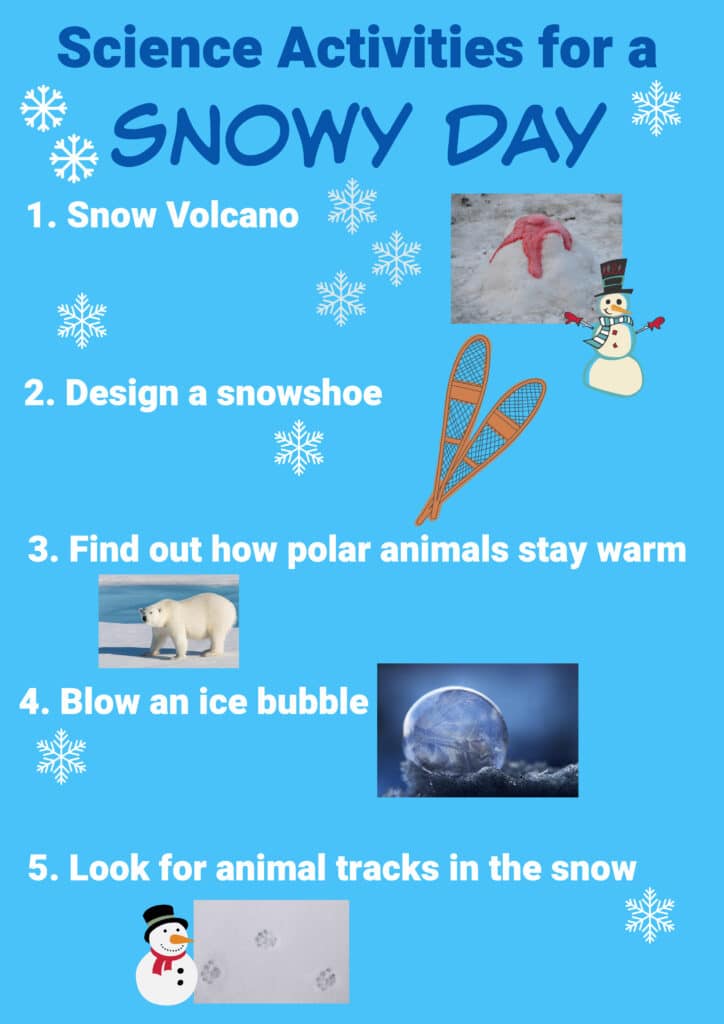
Science on a Snowy Day
1. Build a snow volcano
A snow volcano is a brilliant science activity. There’s no need for messy papier mache or a long craft project. Just head outside, build snow around a plastic bottle shaped like a volcano, add the lava ingredients and watch the eruption. There’s no mess to clear up, and it’s just as much fun as a traditional volcano.
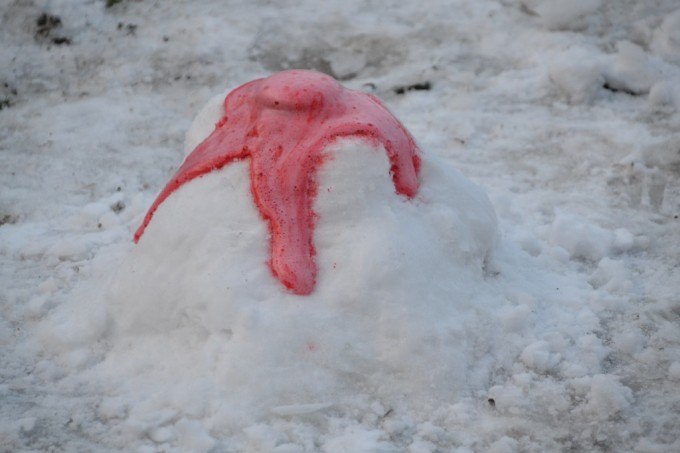
2. Design a snowshoe
You’ve probably walked on snow and felt your feet sink downwards. That’s fine in just a few inches of snow, but imagine if it was much deeper. Snowshoes allow people to walk more easily in the snow! The physics behind snowshoes is all about surface area and pressure. A snowshoe has a large surface area, which spreads the load of a person’s body weight over a larger area, reducing the pressure on the snow.
I’ve created a handy design sheet so you can design and build a snowshoe prototype.
3. How do polar animals stay warm?
When it’s cold outside, humans wear extra clothes or spend more time indoors. Polar bears and other polar animals don’t have that option, but they do have special adaptations to help them survive in harsh conditions.
You can find out how polar animals stay warm with a simple science investigation using lard as blubber.
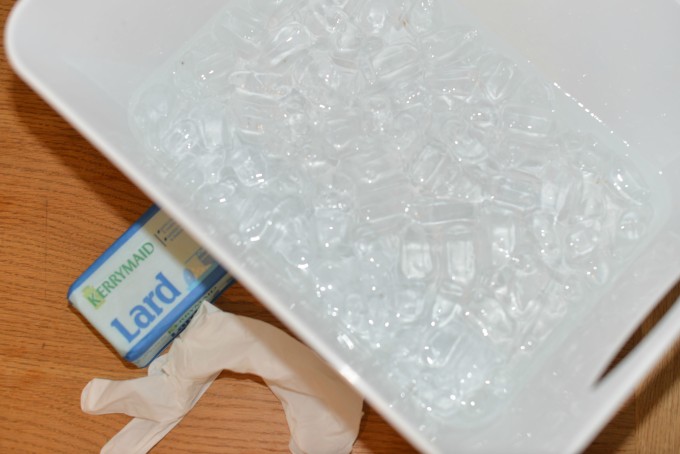
4. Blow a frozen bubble
It needs to be very cold to blow a frozen bubble, but if temperatures drop to -5°C or below, it’s worth trying.
You can use shop bought bubble mix or make your own. Try adding a little glycerin to make the mixture stronger.
Gently blow a bubble onto the snow or another surface and watch as it freezes over!
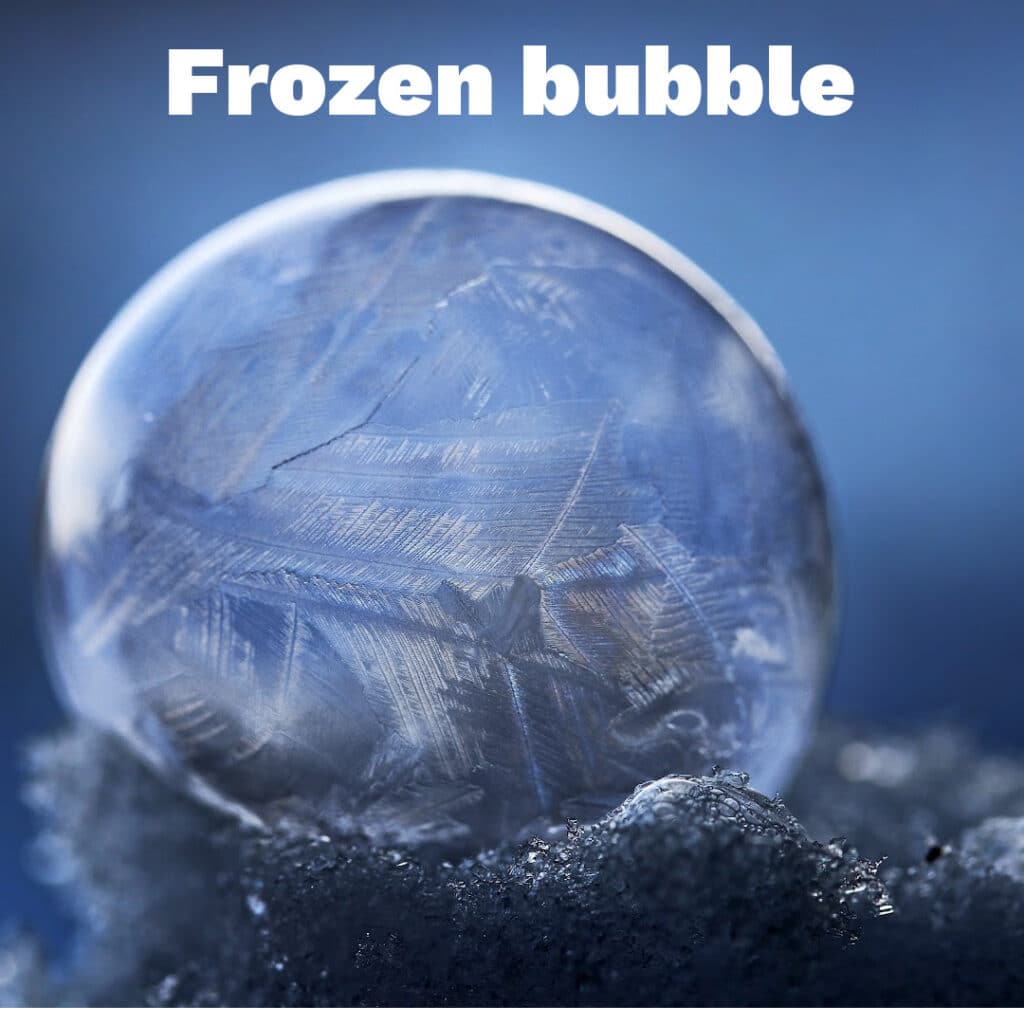
5. Look for animal tracks in the snow
Fresh snow is perfect for spotting animal tracks in the snow. Take a walk and see how many different footprints you can find.
6. Add salt to snow
Sprinkle a little salt on a patch of snow and watch what happens. Salt lowers the freezing point of water, which makes the snow melt.
7. Record snowfall
Use a ruler to measure how much snow falls over days or throughout one day if it’s raining heavily.
8. Build a snow wall
Use a container to build snow ‘bricks’ and construct a snow wall.
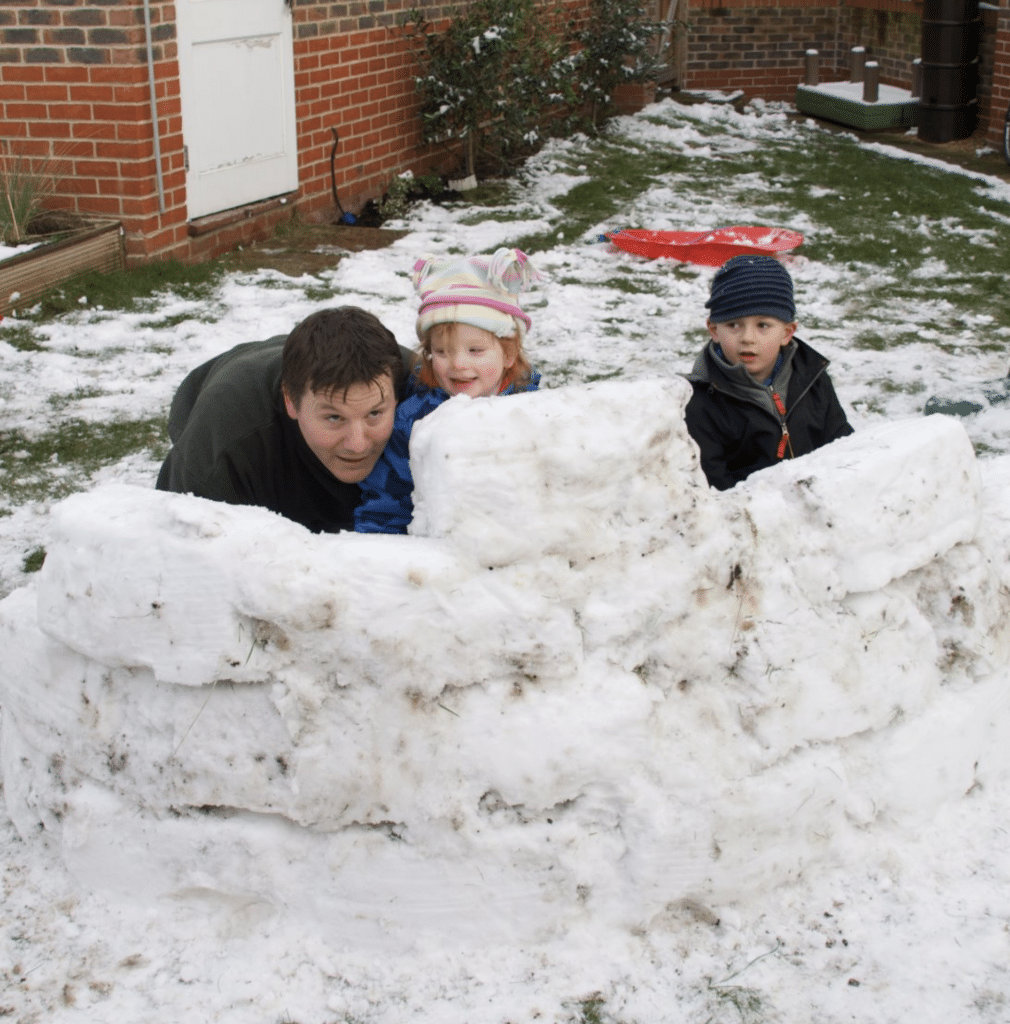
9. Melt a snowman
Build 3 different-sized but small snowmen and bring them indoors in small trays. Record how long each one takes to melt.
Another idea is to build three snowmen the same size and place them in different places to discover which melts first.
10. Create a snowman sculpture
Build mini snowmen and add extras like craft materials and LEGO to create a snowman sculpture. You’ll have to work fast before your creations melt!
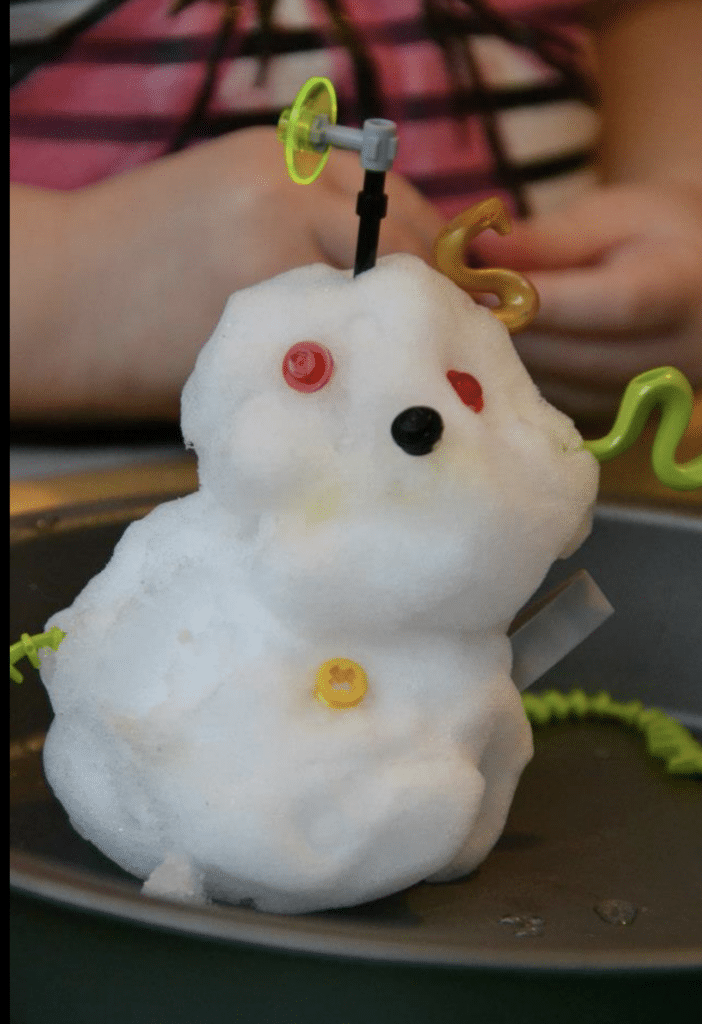
Take a look at my winter science experiments post for more ice and snow science fun.
Last Updated on January 7, 2025 by Emma Vanstone






Leave a Comment